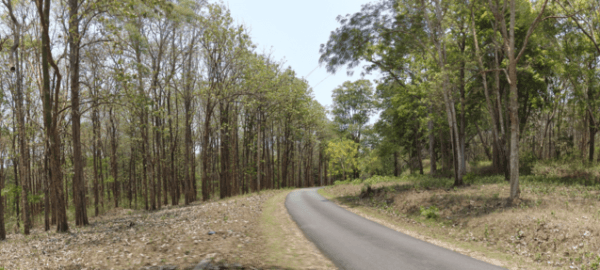As the effects of climate change are increasingly felt around the world, possible solutions — from reducing fossil fuel emissions to capturing carbon — have come to dominate policy discussions. Planting new forests and restoring existing ones have emerged as some of the best ways to capture CO2, since trees pull carbon out of the air during photosynthesis, then store it in their trunks and roots.
A new study, accepted in Environmental Research Letters, has found that diverse natural forests with a mix of tree species are more reliable and stable at absorbing and storing carbon than plantations dominated by just a few tree species, both over time and across diverse conditions. The study was co-authored by scientists from Columbia University’s Earth Institute and its Department of Ecology, Evolution and Environmental Biology.
Scientists already understand that natural forests are better at sequestering carbon than more uniform, short-rotation plantations whose trees are harvested regularly. Less clear have been the relative carbon-storage benefits of natural forests versus monocultures — tree plantations comprising just a few species — that remain uncut for long periods.
Read more at Earth Institute at Columbia University
Photo: A panorama shot of a teak (Tectona grandis) plantation (left) and moist-deciduous forest (right) in a protected area in Karnataka, India. CREDIT: Anand Osuri


